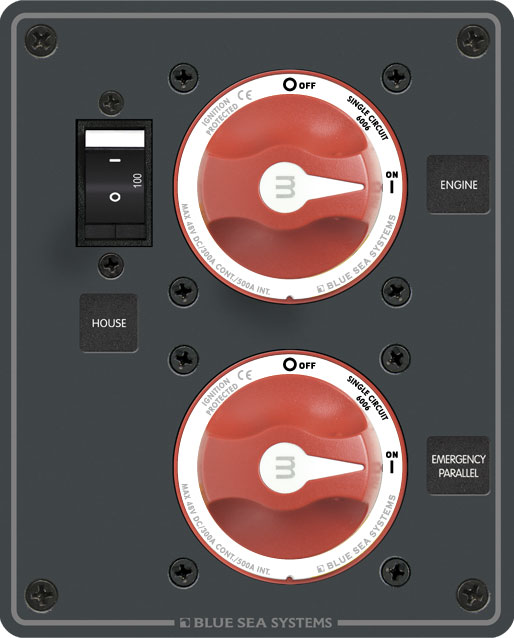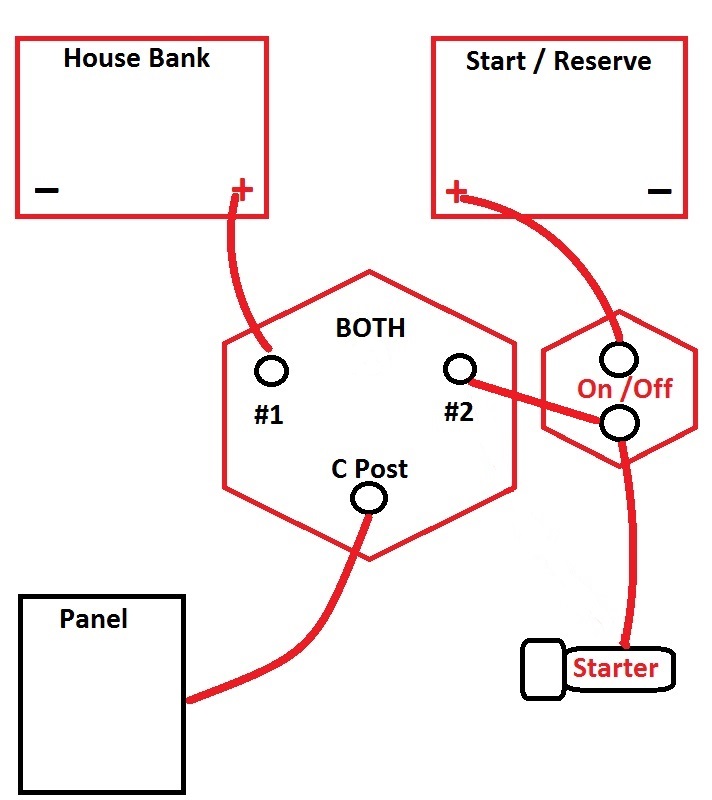I have not used the Newmar conditioner, but a decent review of the owner's manual shows a simple low pass filter, a zener diode to catch spikes, and a 12V 4AH SLA battery to keep the voltage from sagging.
About as simple as you can get for a poor man's 12V UPS. Component cost for the filter and diodes would be about $30, and a 4AH battery is $16 on Amazon. I cannot see where there is $400 value in a steel box and a switch circuit. The diode that prevents backflow of electricity from the 4AH battery also ensures that you have 0.7V less than the voltage when charging and that the tiny battery is always kept slightly depleted when running on batteries.
House voltage is 12.8V, the diode eats 0.7V, the 4AH battery will be drained to 12.1V, and not at 100% if the house battery is shut off, you might have 3AH to suck out of the backup battery, and voltage will drop quickly to where electronics do not function. It would not power an autopilot for more than a minute or two.
A few cycles of the battery getting drained to 10% SOC or so will ensure that you have a dead battery inside the conditioner. You would need to add a power switch after the conditioner to shut off any devices that lack a mechanical power switch of their own. A device left in standby would flatten the backup battery in a day or two with the main breaker off.
This is pretty much a commercial product that provides the same function described earlier in the brownout thread.
http://www.capedory.org/board/viewtopic.php?f=1&t=34815
Ditto MS recommendations regarding battery wiring, particularly about where the instrument power is derived from the battery connections.
I like John's suggestion for a split battery switch far better. If an automatic combiner is used, you can charge without mental calculus regarding what each bank may need for a charge.
I'm wary of DC-DC converters or active power conditioners. Installing one may create electrical interference from a cheaply built unit.




